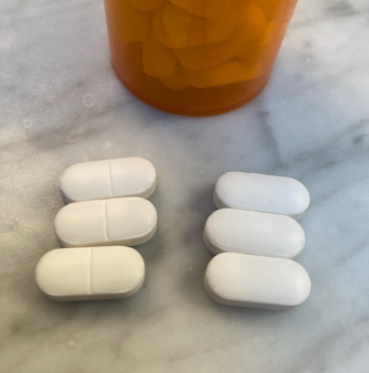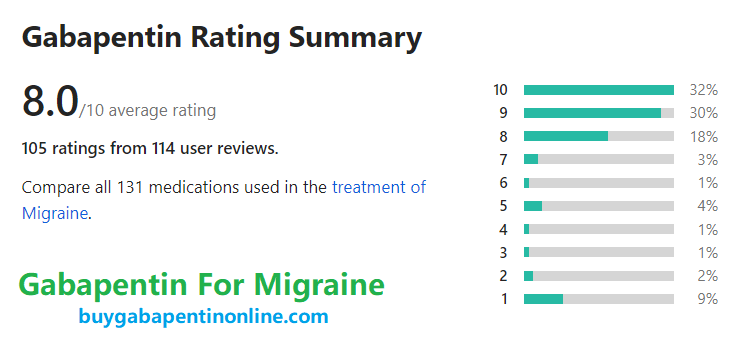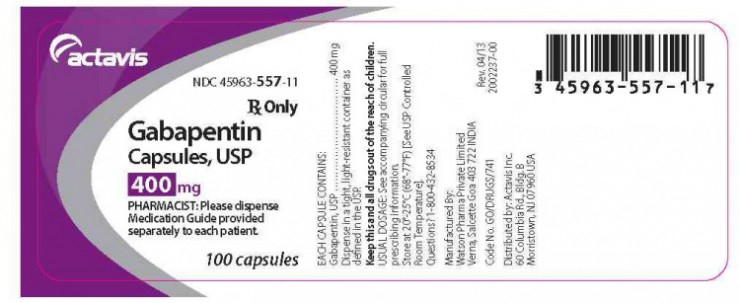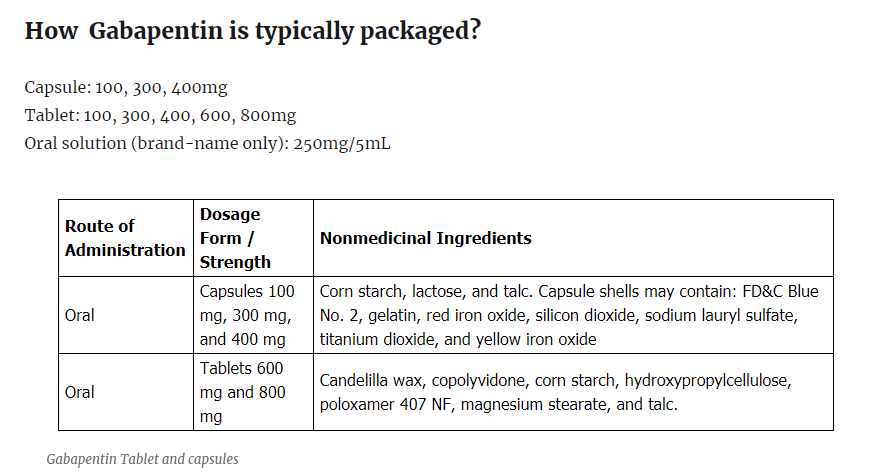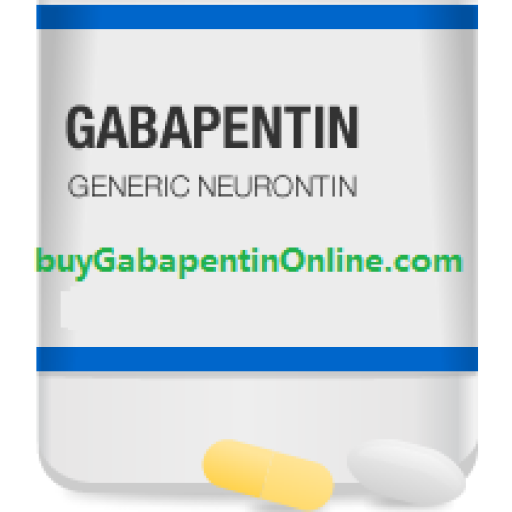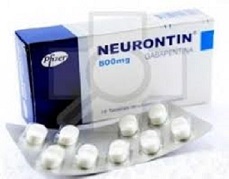What Is Gabapentin?
Gabapentin is somewhat commonly prescribed as a fibromyalgia treatment, however, it is not approved by the U.S. Food and Drug Administration (FDA) for this condition.
It’s often prescribed off-label. However, the drug is chemically related to Lyrica (pregabalin), which is approved for fibromyalgia. In fact, Lyrica is sometimes referred to as the “son of Neurontin.”
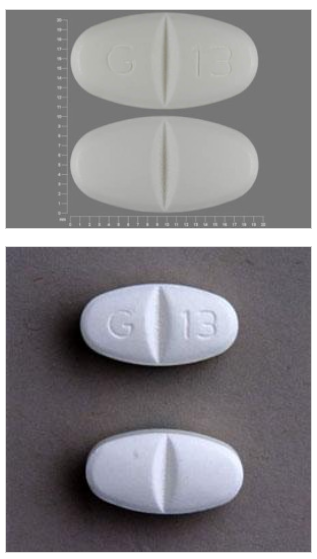
Gabapentin is classified as an anti-seizure drug. It’s used to treat epilepsy, neuropathy (pain from damaged nerves), restless legs syndrome, and hot flashes. Fibromyalgia pain is similar to neuropathy, but whether this condition involves nerve damage still isn’t clear.

How Gabapentin Works
Gabapentin is believed to work by altering the release of glutamate and other neurotransmitters in your brain.1 Neurotransmitters send messages from one brain cell to another. Glutamate is helpful for certain things, like learning new information. That’s because it gets your brain cells stirred up and active.
Though, if you have too much glutamate, your brain cells can become overstimulated. That can make all kinds of things go wrong.
Glutamate also helps transmit pain signals in your brain and nerves. Too much glutamate may play a role in hyperalgesia, which essentially turns up the volume of pain.
To counter the effects of glutamate, you have another neurotransmitter called gamma-aminobutyric acid (GABA).2 It calms your cells and quiets your brain. When GABA and glutamate exist in balance with each other, things go well. (It’s likely out of balance in fibromyalgia, though.)
Some diseases and conditions—including fibromyalgia—may interrupt this balance and let glutamate run amok. Gabapentin is believed to reduce your brain’s release of glutamate so the cells can calm down and your brain can function better.
Gabapentin for Fibromyalgia
Research suggests that people with fibromyalgia have too much glutamate in certain parts of their brain, so gabapentin has long been prescribed for it. But is it effective? Research is mixed.

Two reviews of the evidence disagree. One released in 2016 found that gabapentin is an effective fibromyalgia treatment,3 while another, published in 2017,4 reported only low-quality evidence.
A 2014 review of gabapentin for fibromyalgia and neuropathy found that about 35% of study participants saw their pain drop by at least 50% while on the drug.5 It’s important to note, though, that 21% saw similar drops when taking a placebo.
In studies comparing gabapentin with Lyrica (pregabalin) , including one published in The Journal of the American Medical Association, pregabalin appeared to perform better.
An extended-release form of gabapentin showed promise in one small trial published in Pain Practice.3 Researchers say it improved pain, sleep, and quality of life. This was a preliminary trial, though, so more work needs to be done before we’ll know for sure whether it’s safe and effective long term.
New research supported by the National Institutes of Health’s National Institute of Arthritis and Musculoskeletal and Skin Diseases (NIAMS) shows that the anticonvulsant medication gabapentin, which is used for certain types of seizures, can be an effective treatment for the pain and other symptoms associated with the common, often hard-to-treat chronic pain disorder, fibromyalgia.
In the NIAMS-sponsored, randomized, double-blind clinical trial of 150 women (90 percent) and men with the condition, Lesley M. Arnold, M.D., director of the Women’s Health Research Program at the University of Cincinnati College of Medicine, and her colleagues found that those taking gabapentin at dosages of 1,200 to 2,400 mg daily for 12 weeks displayed significantly less pain than those taking placebo. Patients taking gabapentin also reported significantly better sleep and less fatigue. For the majority of participants, the drug was well tolerated. The most common side effects included dizziness and sedation, which were mild to moderate in severity in most cases.
NIAMS Director Stephen I. Katz. M.D., Ph.D., remarked that “While gabapentin does not have Food and Drug Administration approval for fibromyalgia1, I believe this study offers additional insight to physicians considering the drug for their fibromyalgia patients. Fibromyalgia is a debilitating condition for which current treatments are only modestly effective, so a study such as this is potentially good news for people with this common, painful condition.”
Fibromyalgia is a chronic disorder characterized by chronic, widespread muscle pain and tenderness, and is frequently accompanied by fatigue, insomnia, depression, and anxiety. It affects three million to six million Americans, mostly women, and can be disabling.
The precise cause of fibromyalgia in not known, but research suggests it is related to a problem with the central nervous system’s processing of pain. As with some other chronic pain conditions, people with fibromyalgia often develop a heightened response to stimuli, experiencing pain that would not cause problems in other people. Yet, unlike many other pain syndromes, there is no physical evidence of inflammation or central nervous system damage.
Although Gabapentin has little, if any, effect on acute pain, it has shown a robust effect on pain caused by a heightened response to stimuli related to inflammation or nerve injury in animal models of chronic pain syndromes. Researchers have suspected that it might have the same effect in people with Fibromyalgia. The new research, published in the April 2007 edition of Arthritis & Rheumatism, indicates the suspicions were correct.
Although the researchers cannot say with certainty how Gabapentin helps reduce pain, Dr. Arnold says one possible explanation involves the binding of gabapentin to a specific subunit of voltage-gated calcium channels on neurons. “This binding reduces calcium flow into the nerve cell, which reduces the release of some signaling molecules involved in pain processing,” she says.
How gabapentin improves sleep and other symptoms is less clear, and there are probably different mechanisms involved in fibromyalgia symptoms. “Gabapentin improved sleep, which is an added benefit to patients with fibromyalgia who often report unrefreshing or disrupted sleep,” Dr. Arnold says.
What is important is that people with fibromyalgia now have a potential new treatment option for a condition with few effective treatments. “Studies like this give clinicians evidence-based information to guide their treatment of patients,” says Dr. Arnold.
The mission of the National Institute of Arthritis and Musculoskeletal and Skin Diseases (NIAMS), a part of the Department of Health and Human Services’ National Institutes of Health, is to support research into the causes, treatment and prevention of arthritis and musculoskeletal and skin diseases; the training of basic and clinical scientists to carry out this research; and the dissemination of information on research progress in these diseases. For more information about NIAMS, call the information clearinghouse at (301) 495-4484 or (877) 22-NIAMS (free call) or visit the NIAMS website at http://www.niams.nih.gov.
Gabapentin Side Effects
Like all drugs, gabapentin comes with a risk of side effects.5 Some are potentially dangerous, while others are not. If you have any of the following side effects while taking gabapentin, call your healthcare provider immediately:
-
-
- Severe weakness or tiredness
- Upper stomach pain
- Chest pain
- New or worsening cough along with fever
- Difficulty breathing
- Severe tingling or numbness
- Rapid, back-and-forth eye movements
- Pain or difficulty with urination, or no urination
- Fever
- Sore throat
- Swelling in the face or tongue
- Burning eyes
- Rash
-
Side effects that aren’t cause for immediate concern include:
-
- Fatigue
- Dizziness
- Headache
- Falling asleep
- Weight gain
Children taking gabapentin may experience a different set of side effects. Contact your healthcare provider immediately for the following:
-
- Changes in behavior
- Memory problems
- Inability to concentrate
- Restlessness, hostility, or aggression
Gabapentin may interact negatively with other drugs. Be sure your healthcare provider and pharmacist know everything you’re taking.
Is Gabapentin Right for You?
With evidence being weak and mixed, gabapentin has one clear advantage over Lyrica—it’s generic, and therefore much less expensive. Price, however, is far less important than efficacy.
We all react differently to medications. Some people who fail on other drugs, including Lyrica, may find relief from gabapentin. Talk to your healthcare provider about the benefits and drawbacks gabapentin may have for your overall treatment regimen.
Which is better for fibromyalgia gabapentin or amitriptyline?
It depends on your symptoms. Research shows that amitriptyline and pregabalin (a drug similar to gabapentin) are equally effective at relieving pain, fatigue, insomnia, and brain fog. Amitriptyline is better at relieving muscular pain while pregabalin is better at easing neuropathic pain.6 Gabapentin also treats neuropathy.

